Keystone Ecology
Keystone Habitats
Keystone – making ecology our business
Keystone Marine
Our marine ecological consultancy services include seabed, intertidal and sub-tidal surveys, seabed sampling, biotope surveys and mapping, marine mammal and bird surveys, plankton, fish and benthic surveys, GIS Mapping, Ecological Impact Assessment and the design and implementation of Mitigation, Monitoring and Management Plans.
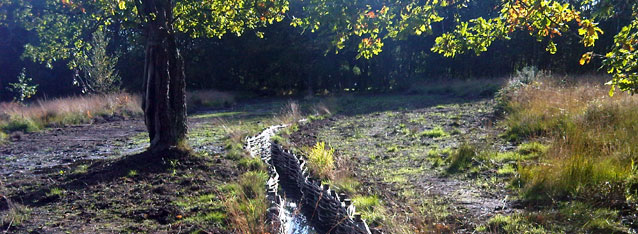
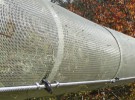


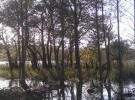

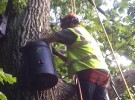
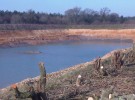

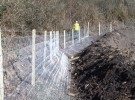
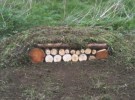

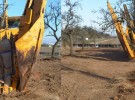
SSSI Ditch and Heathland Restoration
Woking Borough Council
Keystone Habitats successfully tendered for the restoration of a ditchline and bordering wet heathland within a Site of Special Scientific Interest (SSSI) in Surrey.
What did we do?
How did we do It?
What were the outcomes?